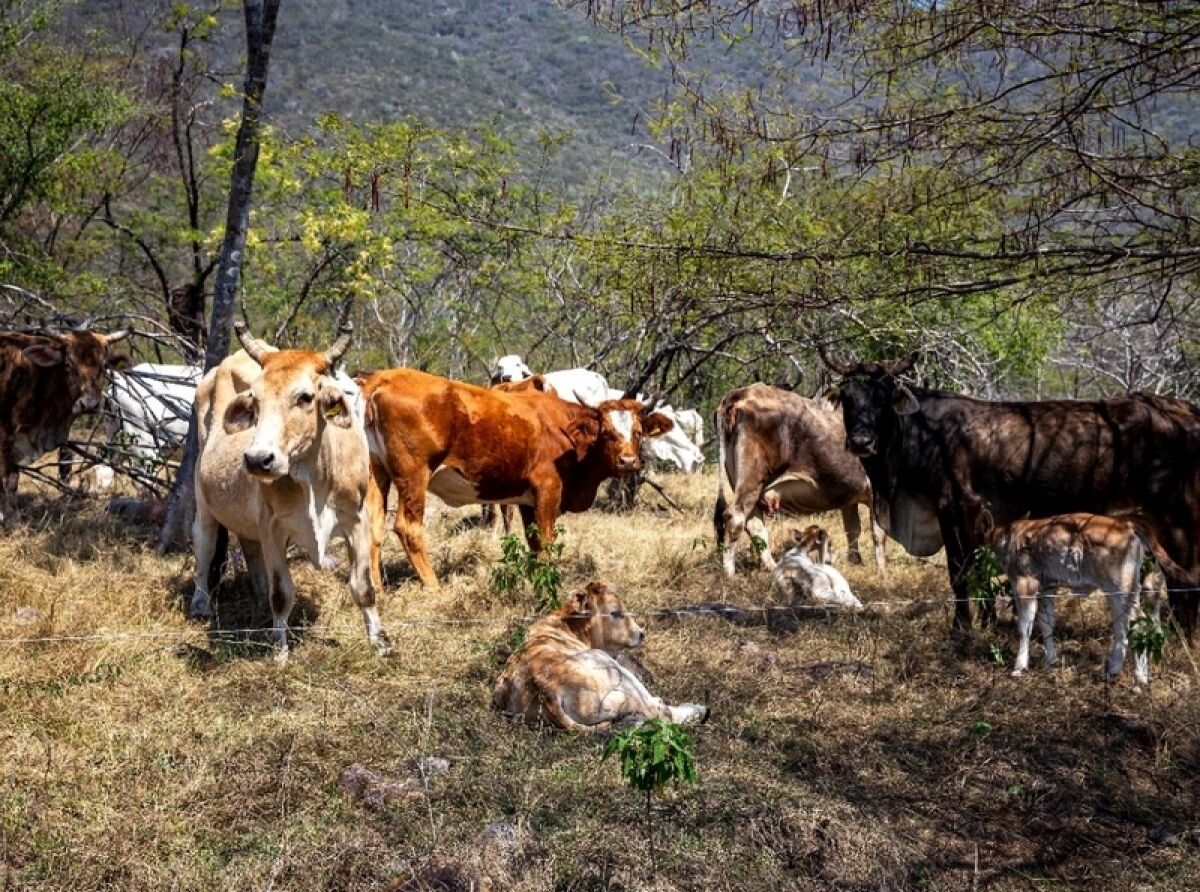Silvopastoral, or silvopasture, is the practice of integrating trees, forage, and the grazing of domesticated animals in a mutually beneficial way.
It utilizes the principles of managed grazing, and it is one of several distinct forms of agroforestry. This practice reconciles productive livestock profitability with the improvement of the environment.
Due to their proven contributions to the sustainable management of livestock farms, this year there are once again resources labeled for 56 silvopastoral livestock projects by the Ministry of Agriculture and Rural Development (SADER Jalisco.) For fiscal year 2021, the Program for Sustainable Agricultural Production will have resources of 10 million pesos, with up to 200,000 pesos of support from the treasury for each project.
This was communicated by the director of Productive Chains and Sustainability of the state agency, Carlos Jiménez Garma, who explained that among the projects that will have incentives are several from the two previous years; this due to the good results that have been exhibited including conservation of watersheds and flora, and the improvement of soils.
The state official commented that various regions of the State are taken into account in the channeling of the stimuli, "basically it is the Coast Region, Sierra de Amula, the territory of the Intermunicipal Boards of the Ayuquila River and the Intermunicipal Board of the South Coast, where the Villa Purificación, Cuautitlán de García Barragán, and other points of the Sierra de Amula and Southern Region.”
Jiménez Garma mentioned that this year projects will also be supported in municipalities of the South and Southeast, such as the case of Pihuamo, where new requests have been generated in these localities where the geographical conditions lend themselves to this model of livestock production.
The economic support for silvopastoral systems mostly involves resources to establish the borders of the productive units, preferably in living fences. They can be with posts and cyclonic electrowelded mesh, or they can also be systems of electrified fences.
The funds can also be used for purchases of trees and seeds of forage species; multifunctional or multipurpose trees, shrubs, or fodder trees for pasture; protein or energy banks, construction of units for vermicompost, and other things such as rainwater harvesting systems.
An outstanding example in this exercise has been the Local Livestock Association of El Limón, which even won the National Award for Forest Merit, within the category of Healthy Ecosystems and Water Management. This organization has a nursery that produces tree and shrub species (guajes, pigeon peas, parotas, guamúchiles, etc.,) that affect the feeding and management of livestock, which also reduces the costs of feeding the animals.
These silvopastoral livestock projects have been the result of a coordinated effort with the Tropical Agronomic Center for Research and Education based in Costa Rica, and the Ministry of the Environment and Territorial Development (Semadet Jalisco.)

